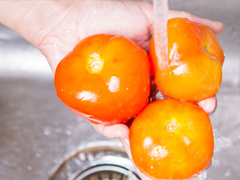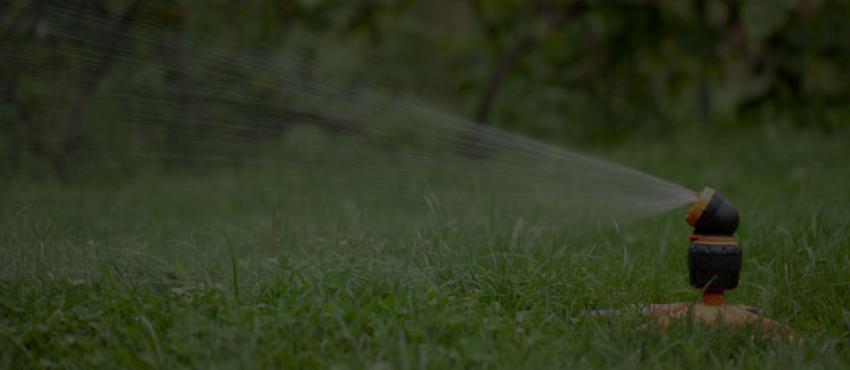Indoor Water Tips
Veolia North America aims to promote responsible water usage, as reflected in our partnerships with leading conservation groups, as well as the Environmental Protection Agency’s (EPA) WaterSense Program.
Quick & Easy Tips to Get Started
- Wash fruits and vegetables in a pot filled with water instead of under an open faucet. Reuse the water for houseplants
- Close the faucet while brushing your teeth, shaving or washing your face. This one tip can lead you to save up to 3,000 gallons per year

- Wash dark clothes in cold water to save on water and energy while helping your clothes retain their color
- Soak pots and pans instead of letting the water run while you scrape them clean
- When using the washing machine or dishwasher, make sure it is fully loaded. Also, use the light wash setting on your dishwasher
- Put food coloring in the toilet tank. If colored water appears in the bowl without flushing, there’s a leaks needs repairing.
- Defrost frozen food by putting it in the refrigerator rather than running water over it. This saves water and is safer for the food
- Shortening shower time by a minute or two can save up to 150 gallons per month. A short shower uses less water than taking a bath
- Keep a pitcher of water in the refrigerator rather than running the faucet cold
Higher Impact Conservation Tips
Other tips have the potential to conserve mass quantities of water and save you money. Veolia supports household appliances with the EPA’s WaterSense label because of their smarter water usage and savings.
- Replace older toilets with ones that have a WaterSense label. Old toilets use 3.5 to 7 gallons of water per flush, while the new standard is 1.8 gallons. This can reduce the amount of water a family uses for toilets by 20 to 60 percent. Also check your toilet for leaks. A running toilet can waste up to 200 gallons per day
- Replacing just a single showerhead with a WaterSense-certified one can save the average family up to 2,900 gallons in a month, enough to power a home for 13 days
- Collect rainwater in rain barrels. Rain is a natural source of “soft water” (it contains no chlorine, calcium or lime). This water can be used for many daily tasks, both indoor and outdoor. However, in some drought-prone regions, local authorities do not allow the usage of rain barrels.
- Install a pressure-regulating valve to reduce the pressure of water entering your house to 60 pounds per square inch (psi). This helps with leaks, saves water and money and can lower the chance of damage from burst pipes
- Insulate hot water pipes. This gets hot water to the user more quickly, reducing the amount of water wasted and decreasing your utility bills
- A faucet aerator breaks flowing water into finer droplets to entrain air while maintaining wet effectiveness. Using one of these easy-to-install, inexpensive devices can reduce water use by faucets by up to 60%
For more advice on water conservation methods, visit our partners at the EPA’s WaterSense site.


